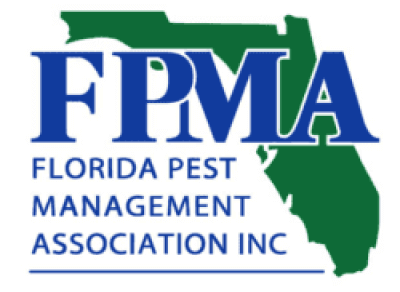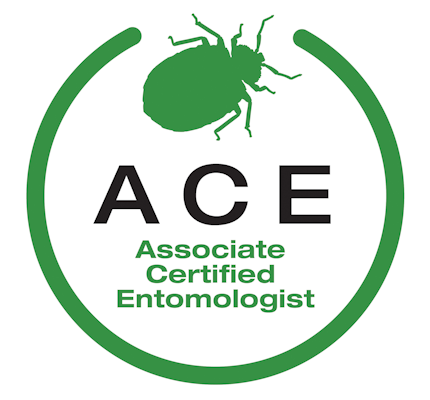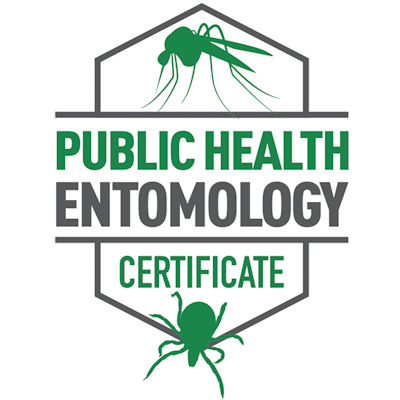Tick Pest Control
How we treat:
Ticks
We’ll use our expert knowledge of tick biology to effectively and safely prevent and protect your home like it was our own. See how.
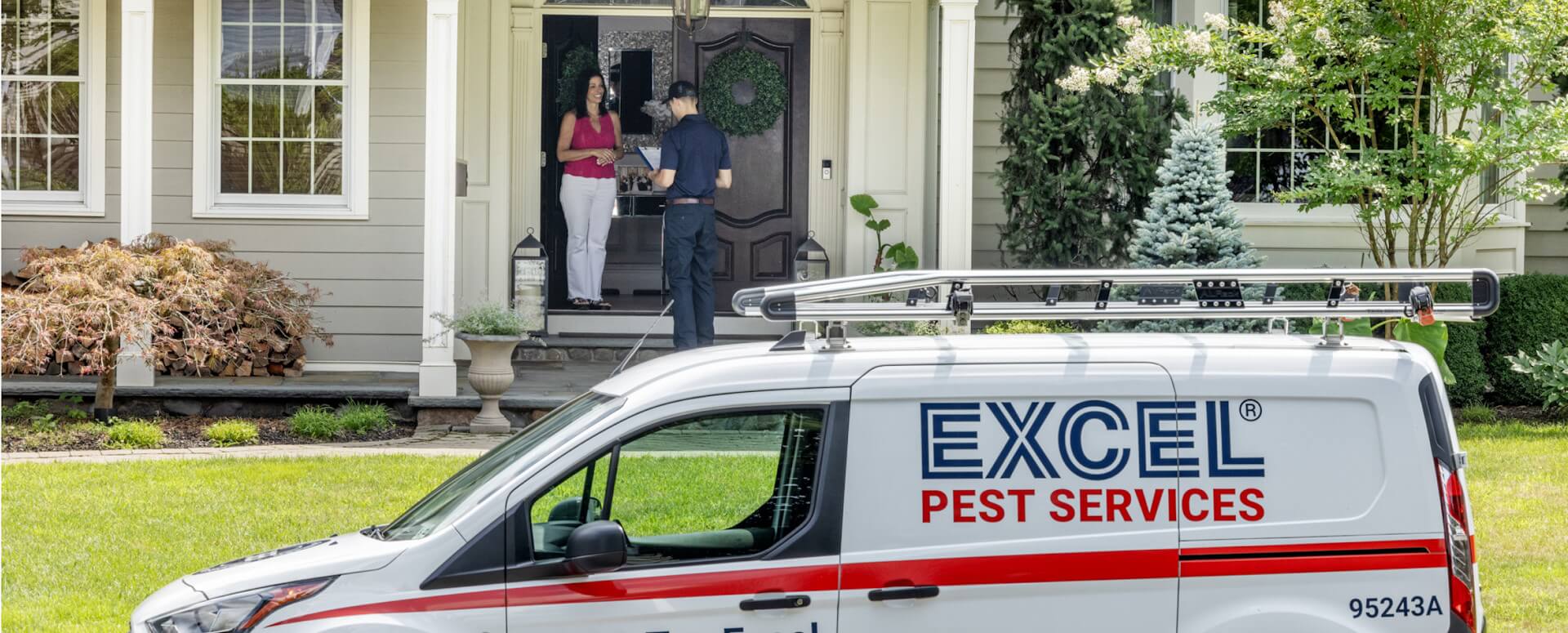

Getting rid of ticks is as easy as 1, 2 and 3
INSPECT
We use visual inspections of pets and outdoor spaces, plus monitoring devices, to identify ticks and assess the extent of the problem.
TREAT
We then implement a targeted treatment plan, often involving the application of acaricides to areas frequented by pets and people.
PREVENT
Creating tick-safe zones by modifying habitat, like reducing vegetation height, may be recommended.

Excel’s proven process
Our proven approach to delivering a pest-free, worry-free environment. Guaranteed.
Inspect
We’ll inspect your home inside and out, and top to bottom to spot current and potential pest problems.
Identify
We’ll assess and correctly identify any active pests. Pest species and biology is considered to choose the right treatment option.
Treat
We’ve identified your pests, now we’ll treat them using safe and effective treatment methods with only EPA registered products.
Report Back
We’ll provide service reports via email letting you know who was there, what they did, and what happens next.
Monitor and Maintain
We’ll prevent pests from returning with our ‘set it and forget it’ maintenance plan. Keeping you one step ahead of mother nature.
Feel Excel-lent
You’ll feel great and rest easy knowing your home, family and pets are in good hands.
Testimonials
Your neighbors love us.
Pests, not so much.
“I’m definitely as environmentally conscious as I can be…a lot of these companies come out and they say, we’re the professionals, we’ll take care of it. You just cut us a check and don’t worry about the details. The fact that you explain the details matters a lot.”
“I did talk to a number of pest control companies, and when I considered the value of their being willing to come out anytime I have a problem I went with them. That freedom to just call is very valuable to me.”

Quick reference
Frequently asked questions
What do ticks look like and why are they concerning?
Ticks are arachnids that have six legs while larvae and eight legs while nymphs and adults. While flat normally, after a meal their bodies expand considerably. Both males and females feed on the blood of animals and humans, but only females will take enough blood to become engorged. The appearance of a tick depends on its species. Three of the more common tick species in the U.S. are American dog ticks, deer ticks, and lone star ticks. American dog ticks, also known as wood ticks, are grey in color. Adult females are about 5 mm in length, but can grow to be 1.5 cm in length after feeding. Adult males are about 3.6 mm in length. Deer ticks, also known as blacklegged ticks, are usually brown as males or red and brown as females, but may become brownish-red or rust colored after a feeding. Males are smaller than females. Females are between 3 and 5 mm long normally, and can grow to be about 10 mm long when engorged. Deer ticks are generally half the size of American dog ticks. Lone star ticks are easily recognizable by the markings on their bodies. Females have a white dot on the center of their back, and males have white streaks around the edges and top of their body. Ticks carry and transmit diseases like Lyme disease, Rocky Mountain spotted fever, and anaplasmosis. According to the CDC, tick-borne diseases have more than doubled in the last 13 years. In some cases, American dog ticks can cause paralysis in dogs and children when they attach to the base of the skull or the spinal column. The paralysis, which is caused by a toxic secretion, usually goes away within 24 hours after removing the tick.
Where do ticks live?
Ticks prefer moist, humid areas, but they are able to adapt to many different types of environments. They generally live close to their host, whether it be pets, humans, deer, birds, or livestock. Ticks do not live on their hosts. Once they are finished feeding, they detach and look for another host or a place to molt. They usually live outdoors in grassy, wooded, or highly vegetated areas. Typically, ticks will not infest a building or structure, but the brown dog tick does reproduce indoors. If they are indoors, ticks can be found hiding in cracks and crevices, or in their host’s nest or burrow.
Why do I have a tick problem?
Ticks cannot fly or jump, but they can easily latch onto fur, clothing, and skin. A tick can grab onto a host that simply brushes up against a tree or tall grass where a tick is waiting. Because of this, it is common for them to latch onto, and be brought inside by pets and humans that walk through their habitat. They may also be brought inside by pests like mice and rats. Generally, ticks stay outdoors with brown dog ticks and some soft ticks being the exceptions. Brown dog ticks like to reproduce inside and some species of soft ticks will invade buildings in search of a host.
When are ticks active?
Ticks can be a problem year round, but they are most active during warmer months, usually between March and November. They are capable of being active any time the temperature is above freezing, so although they are not typically very active during the winter, they may emerge on warmer days.
What’s the best way to prevent a tick infestation?
In order to limit the possibility of tick exposure, it is important to remove as many potential habitats around a home or business as possible. This means removing leaves from the ground, relocating woodpiles to sunny, dry areas, and trimming all shrubs, low branches, and tall grasses. It helps to landscape with natural tick repellents, like American Beauty berry bushes, and create a woodchip or gravel border between the lawn and any tick-heavy, wooded areas. Wear long sleeve shirts and long pants any time you are in a wooded or high-brush area, and treat all clothing, shoes, sporting gear, and tents with a clothing-only tick repellent that contains at least 0.5% permethrin. To get rid of ticks around your property call EXCEL today and have one of our experts visit you.






If pests come back so do we. Guaranteed.
The Excel “Worry Free-Pest Free” Guarantee.
Partnering with us means we’ve got you covered all year long – with free return service visits, anytime. If you need us, call us. We’ll be there. It’s one more way you can Excel and exhale.
Talk to us today.

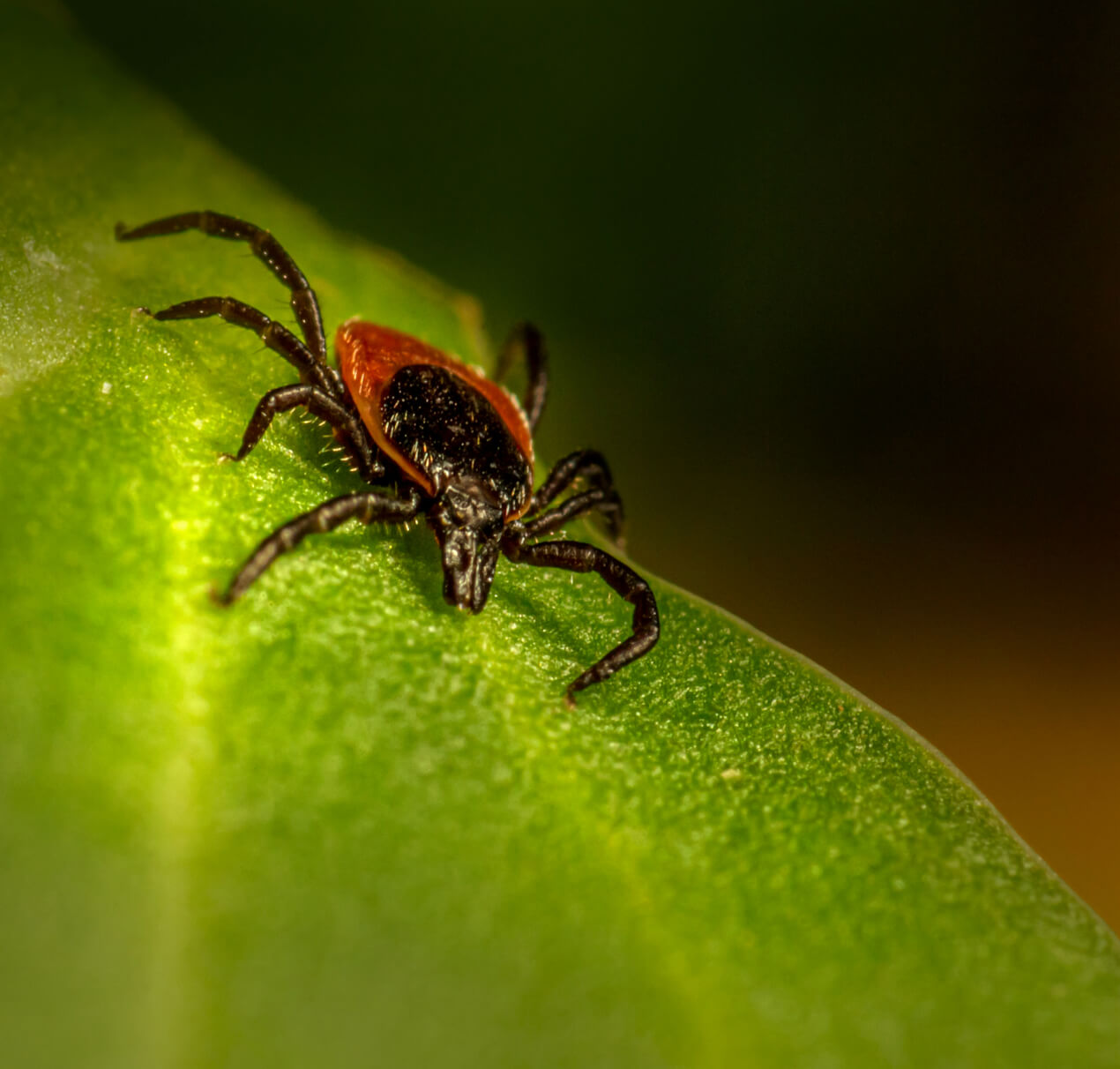

You’ll be supporting research into Lyme disease, too.
Choosing Excel helps us support the John Hopkins Lyme Research Center. You will help them advance the critical knowledge and clinical tools urgently needed to improve Lyme disease patient care and health outcomes.
The Company
We Keep
